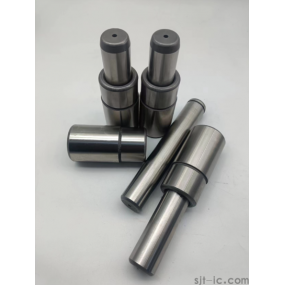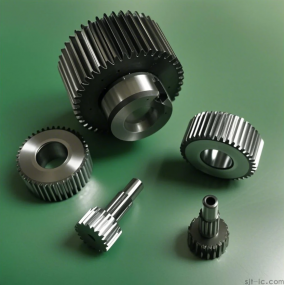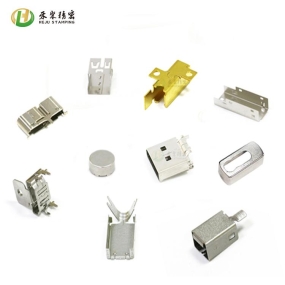Hey there, fellow engineers and procurement pros! 👋 Ever been stuck in a project because your motor gears just aren't cutting it? Maybe they're too noisy, don't fit right, or worse – fail way too early. We've all been there. It's frustrating, right? When precision is everything, the way your gears are made makes all the difference. So, what's the go-to method for getting it right? Let's talk about why CNC Machining is often the answer for motor gears.
What's the Big Deal with CNC for Motor Gears Anyway?
At its heart, this is about control. Think of CNC (Computer Numerical Control) as a super-skilled robotic craftsman. You give it a digital blueprint, and it follows those instructions to the letter, cutting metal with crazy accuracy. For motor gears – those critical parts that transfer motion and power – this precision isn't just a nice-to-have; it's essential. It means every tooth, every curve, is exactly as designed, which leads to smoother operation, less wear and tear, and a longer life for your whole motor assembly. While other methods exist, CNC brings a level of consistency that's hard to beat.
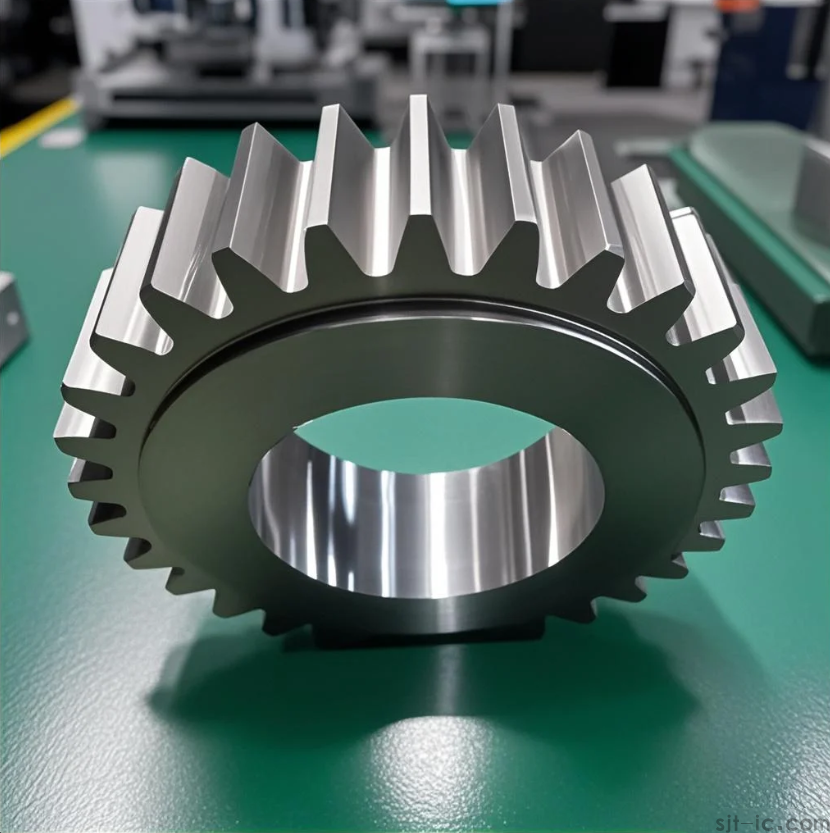
Benefit 1: Unbeatable Precision and Consistency
This is the number one reason people turn to CNC.
• Spot-On Every Time: Once the program is set, the machine produces near-identical parts, one after the other. This eliminates the tiny variations that can cause big problems in a tightly packed gearbox.
• Tight Tolerances: We're talking about accuracy within a few microns. This is crucial for ensuring gears mesh perfectly without backlash or binding.
I've seen projects transformed simply by switching to a reliable CNC supplier. The reduction in assembly line issues was dramatic. 🎯
Benefit 2: It's a Speed Demon for Production
In our fast-paced world, time is money.
• Quick Turnaround: After the initial setup, CNC machines can run 24/7, churning out parts much faster than manual machining.
• From Prototype to Mass Production: The same digital file used for a one-off prototype can be used for a production run of thousands. This seamless scaling is a huge advantage.
This speed can be a lifesaver when you're facing tight deadlines. But, to be completely honest, the specific programming and toolpath optimization for complex gear geometries can sometimes add to the initial setup time. It's a bit of a front-loaded effort.

Benefit 3: Mind-Blowing Material Flexibility
Motor gears aren't one-size-fits-all, and neither should be your manufacturing process.
• Works with Almost Anything: Whether you need the strength of steel, the lightness of aluminum, or the special properties of engineering plastics like POM or Nylon, a CNC machine can handle it.
• Material Properties Matter: This flexibility lets you choose the perfect material for the job – considering factors like load, temperature, and required lifespan.
Benefit 4: Complex Designs? No Sweat.
Modern motors often demand unconventional gear shapes for optimal performance.
• Beyond Simple Gears: Helical gears, bevel gears, worm wheels – you name it. CNC machining can create these complex geometries with ease.
• Integrated Features: It can even machine the gear and its shaft as a single piece, reducing assembly steps and potential failure points.
This capability perhaps suggests that the future of compact motor design is heavily reliant on such advanced machining techniques. However, it's worth noting that the exact economic trade-off between complexity and cost for ultra-intricate designs is an area where my expertise gets a bit fuzzy; it often depends on the specific application.
Benefit 5: It's Surprisingly Cost-Effective in the Long Run
Yeah, you heard that right. While the initial investment might seem high, look at the bigger picture.
• Less Material Waste: CNC is a subtractive process, but modern programming optimizes the cutting path to use the raw material very efficiently.
• Lower Labor Costs: One operator can oversee multiple machines, and there's less need for constant manual quality checks because the machine is so consistent.
• Fewer Faulty Parts: Higher consistency means fewer rejects, saving you money on wasted materials and rework.
When you add up the savings from reduced waste, less scrap, and higher reliability, the value proposition becomes clear. 💰
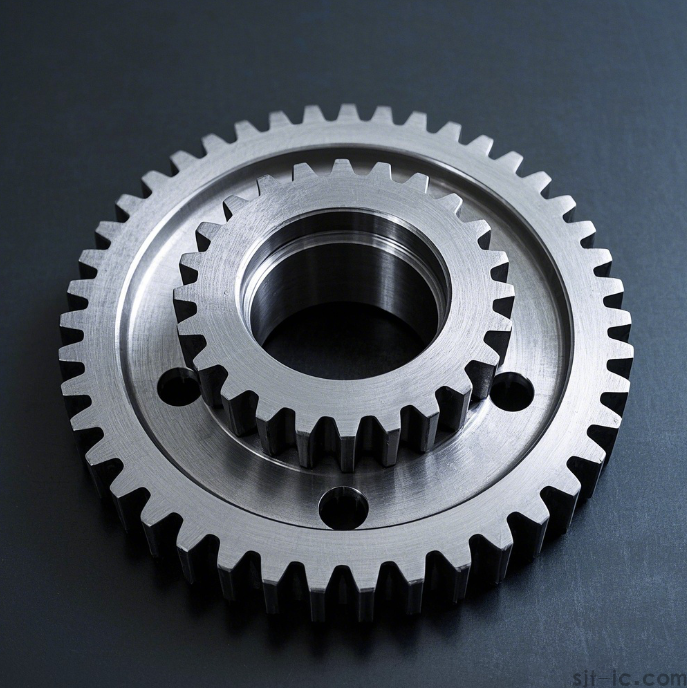
So, Is CNC Always the Perfect Choice?
Okay, let's be real. No technology is a magic bullet. For incredibly high-volume production of super simple gears, other methods like stamping or sintering might be more economical. And the expertise required to program the machines for optimal gear cutting is a specialized skill. But for the vast majority of applications where quality, precision, and flexibility are paramount – especially for those in procurement and engineering who can't afford downtime – CNC machining for motor gears is a solid bet. It gives you that peace of mind that the core components of your drive system are built right.
From my own experience, the reliability it brings to the supply chain is often the deciding factor. It's one less thing to worry about when you're trying to get a product out the door.


 Spanish
Spanish Arabic
Arabic French
French Portuguese
Portuguese Belarusian
Belarusian Japanese
Japanese Russian
Russian Malay
Malay Icelandic
Icelandic Bulgarian
Bulgarian Azerbaijani
Azerbaijani Estonian
Estonian Irish
Irish Polish
Polish Persian
Persian Boolean
Boolean Danish
Danish German
German Filipino
Filipino Finnish
Finnish Korean
Korean Dutch
Dutch Galician
Galician Catalan
Catalan Czech
Czech Croatian
Croatian Latin
Latin Latvian
Latvian Romanian
Romanian Maltese
Maltese Macedonian
Macedonian Norwegian
Norwegian Swedish
Swedish Serbian
Serbian Slovak
Slovak Slovenian
Slovenian Swahili
Swahili Thai
Thai Turkish
Turkish Welsh
Welsh Urdu
Urdu Ukrainian
Ukrainian Greek
Greek Hungarian
Hungarian Italian
Italian Yiddish
Yiddish Indonesian
Indonesian Vietnamese
Vietnamese Haitian Creole
Haitian Creole Spanish Basque
Spanish Basque



